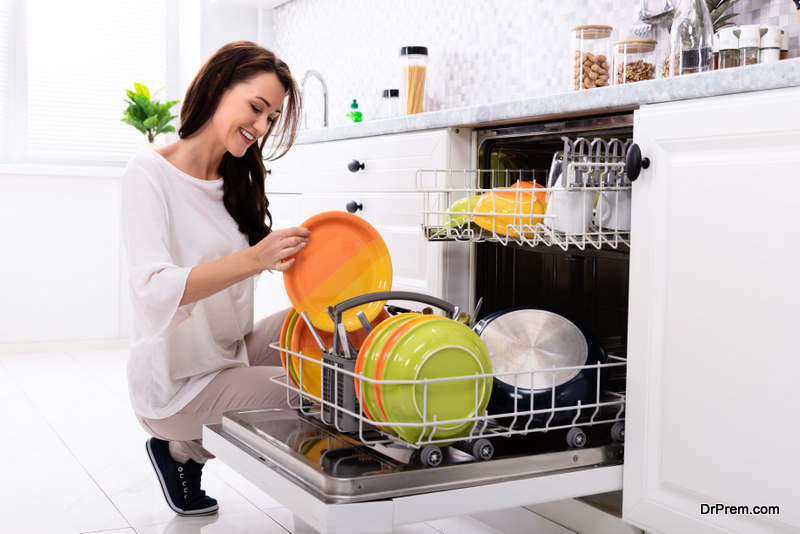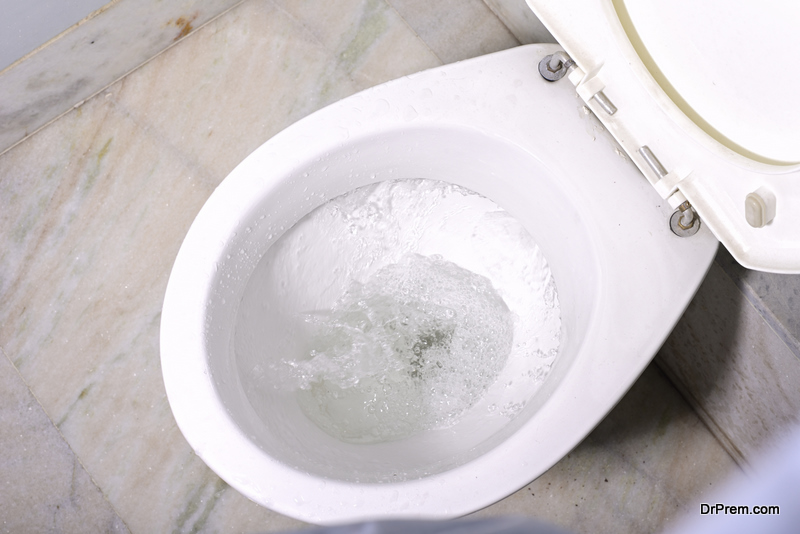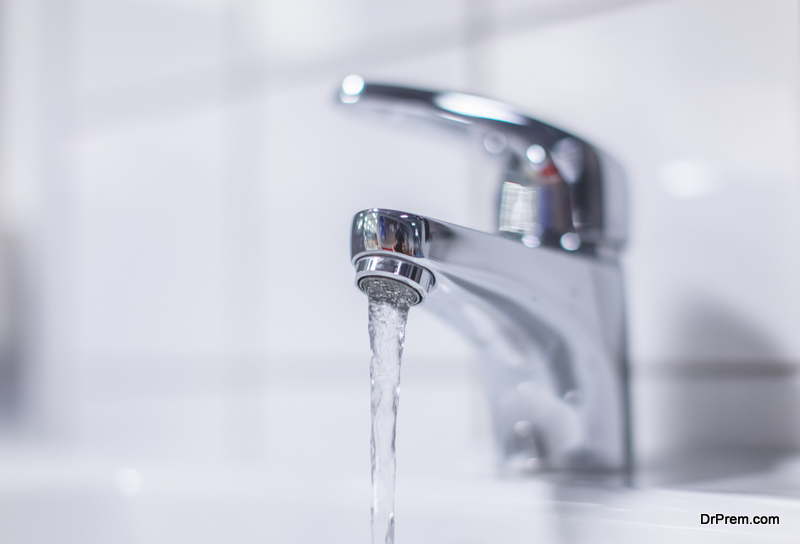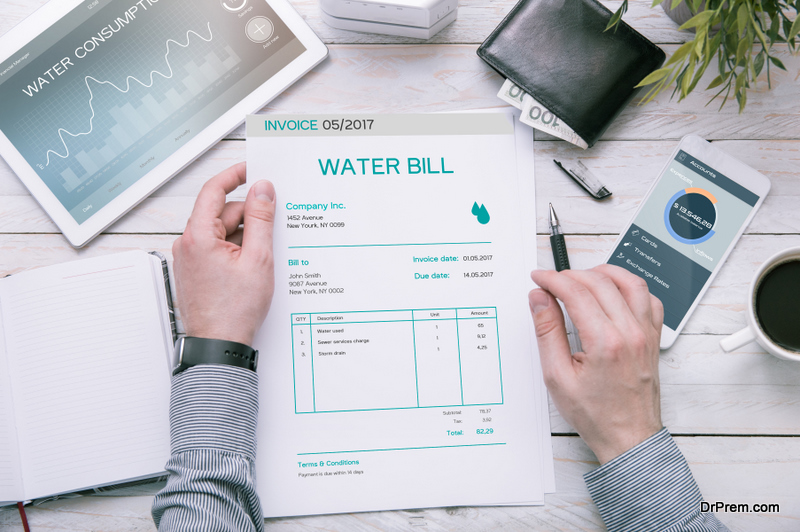Water. You can’t live without it. You also need to have clean, chemical and mineral free water to maintain a healthy green lifestyle. This involves turning your hard water into soft water. If you want to save on water in the home while making it “soft,” you need to invest in a reverse osmosis water filter.
This is how reverse osmosis works: contaminants in the water are pushed out by rock salt, making the water crystal clean and as mineral free as possible. This soft water saves on your water bill since it not only tastes better, but it doesn’t take as much water to clean your body, your clothes, and your dishes.
But when it comes to lowering your water bill, investing in a water softening system isn’t enough. You need to take a proactive role in limiting your water usage. According to a new report, there’s no better time to do just that than the hot summer drought season months.
Here’s just a few ways your can reduce your water usage and at the same time, save some precious cash on your water bill. You’ll want to start in the kitchen where most of the water is used to wash dishes, several times per day.
1. Don’t Pre-Rinse

If you wash your dishes in a dishwasher, skip the pre-rinsing part. In a word, it’s a waste of good water. Newer model dishwashers are engineered to do a thorough cleaning on your kitchenware. They even have sensors that let you know when the dishes require extra cleaning.
Want to keep that dishwasher functioning efficiently and like new, year after year? Invest in a water filtration system that filters out contaminates that can ruin a dishwasher’s mechanical components.
2. When Handwashing Dishes Use Less Water
Dishwashers are a far more efficient use of water than handwashing. But not everyone enjoys the convenience of a dishwasher. If you must wash dishes by hand, don’t run the water continuously.
In an ideal world you should have double sink—one for washing and the other for rinsing. But if you only have a single basin sink, you can duplicate a double sink by using a plastic bin. Fill the sink with soapy water and fill the basin with clean water. Then dry the dishes on a drying rack.
3. When Boiling Water for Pasta

Even if directions call for using several quarts of water to boil spaghetti, you can probably get away with half that amount. When you boil water strategically, you use only enough H2O to cover the pasta you’re boiling. It also means not filling the pot all the way to the top.
No need to rinse your pasta with cool water after it’s finished. Just toss a couple of ice cubes into the colander, then stir the noodles while the ice melts.
4. Saving Water in the Bathroom
During the peak of the COVID pandemic, you probably found yourself washing your hands a lot. But you can lessen your bathroom water consumption by paying strict attention to shower, sink, and toilet habits.
5. Don’t Flush So Much

Here’s the reality of flushing. You don’t need to flush every time you pee. You can go several times before you feel the need to flush. It might not look pretty, but you’ll be making your personal world that much greener.
When it comes to your pro-biotic kicking in, try flushing only once after you go. Do this for a month. You might be amazed at how much you can save on the water bill.
6. Toilet Leaks
Toilet leaks are an all too common cause of wasted water that drives up your bill. If you can hear the sound of running water long after you’ve flushed, it means you have a toilet leak. But not all leaks make noise. Sneaky leaks that occur between the bowl and the tank can also result in wasted water.
To determine if you have a toilet leak, add some food coloring to the tank, and wait a few minutes. If you then notice colored water in the bowl, it means you have a leak. Call a certified plumber to make sure the leak is fixed properly.
7. Saving Shower and Sink Water

Shower heads pour out around 2.5 gallons of water every minute. This translates into 25 gallons per ten minute shower. Try taking shorter showers. You can even shut the shower off when you’re soaping up and/or washing your hair. Turn the water back on again when you’re rinsing. You can also invest in a green, water-saving shower head.
The same goes for using your sink. Turn the water off while brushing your teeth. Only use the water when you need to rinse your mouth. If you’re washing your face, turn the water off when you’re soaping your face, then turn it back on again when rinsing. The same practice goes for shaving. No reason to keep the water flowing when running the razor over your face.
Article Submitted By Community Writer


